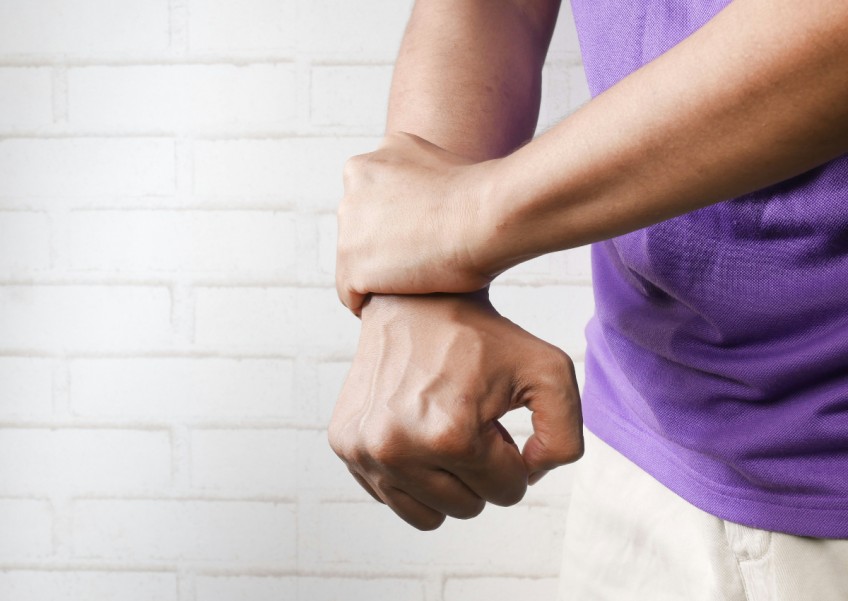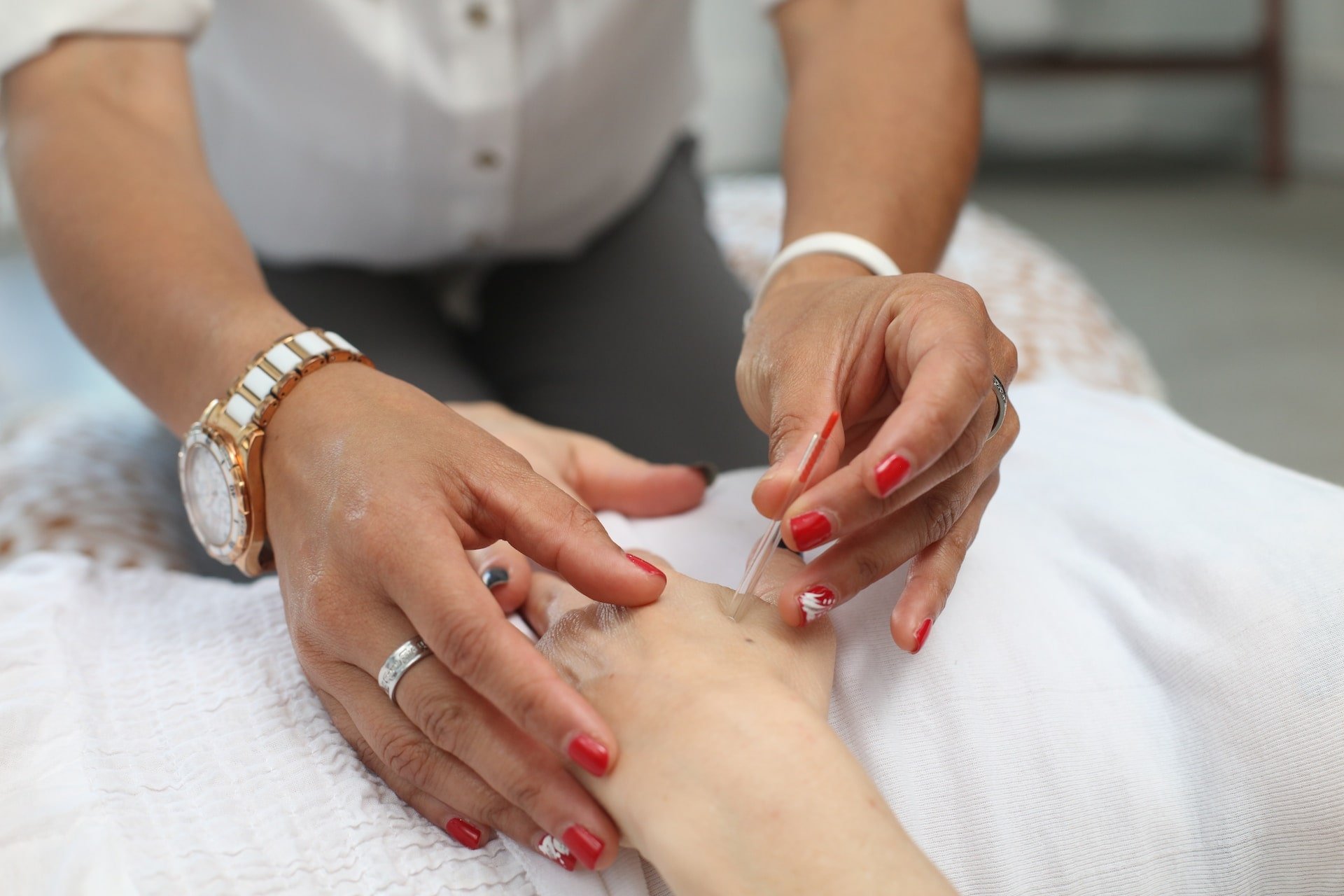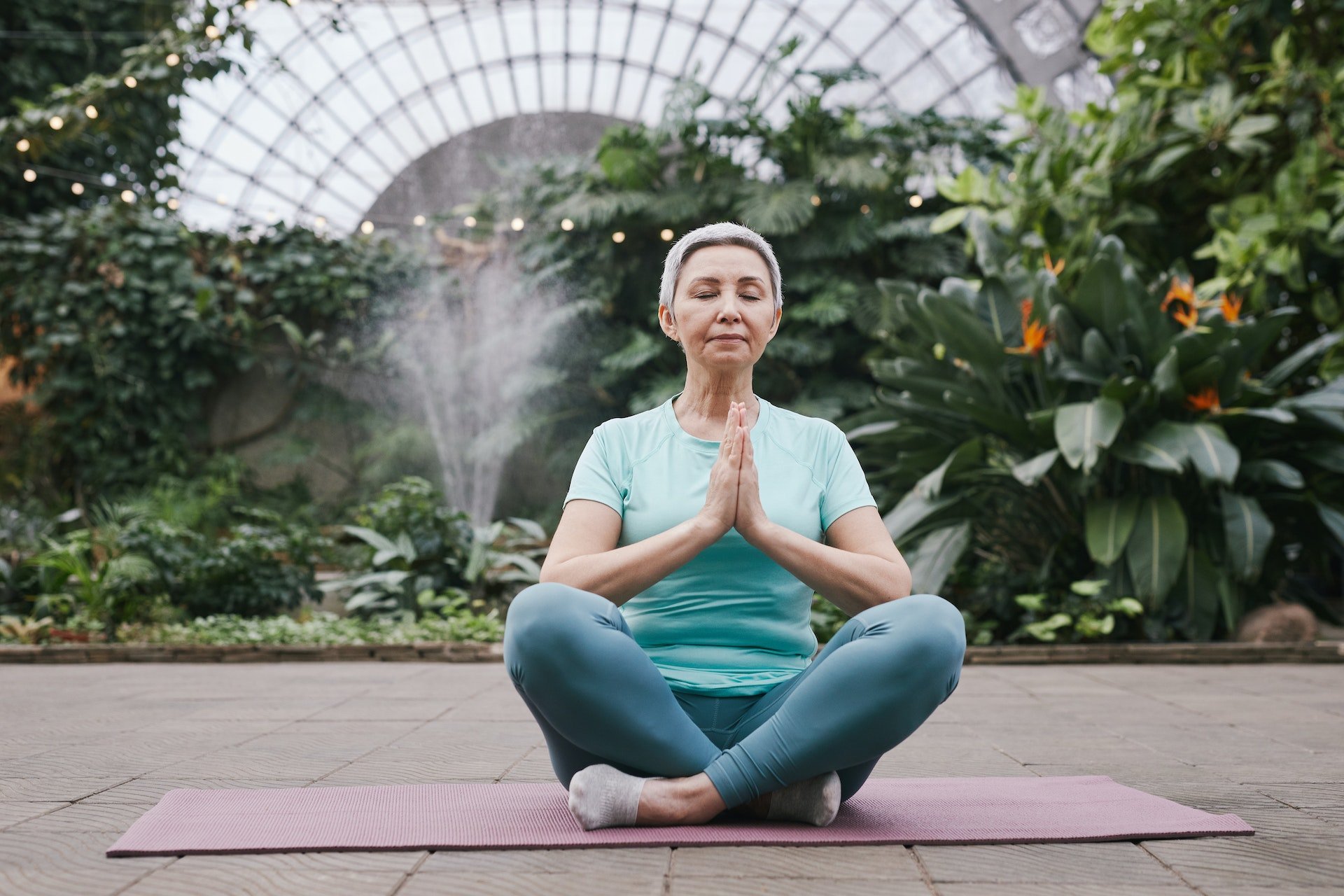9 ways to manage arthritis pain at home

While arthritis is a common condition typically among older adults, not many are aware that arthritis actually comes in various forms. However, all arthritis have one thing in common-they affect joint mobility, cause or worsen joint pain, and affect a person's daily functioning.
There is presently no cure for arthritis, but careful and holistic management of the condition is recommended by doctors and experts. In our guide, you'll find out more about arthritis and home remedies to manage the pain from arthritis for a better quality of life.
Arthritis refers to a variety of conditions that cause swelling and tenderness of the joints. Different types of arthritis stem from different reasons, so it is important to get an assessment from a medical professional to determine the type of arthritis for effective treatment.
Some better-known types of arthritis are gout, rheumatoid arthritis, and osteoarthritis. If arthritis is severe, the joints can become bent out of shape, making it hard to move around or get daily activities done.
The main symptoms of arthritis are stiffness, swelling, reduced range of motion and joint pain. While there is no cure, the main goals of arthritis treatment are to reduce the symptoms of arthritis and improve the patient's quality of life.
Someone is more at risk for arthritis if they have the following:
While arthritis is not curable, there are ways to manage joint pain for a better quality of life. These may include alternative medicine and lifestyle remedies, such as painkillers and therapy.
Treatment for arthritis pain should always be done in consultation with a doctor or medical professional before implementing them at home. This is because different types of arthritis will require different methods of pain management.
Below are some of the most promising alternative medicine remedies to try for arthritis pain.
This joint supplement is especially related to knee osteoarthritis. Though there is no definite conclusive research done on its effectiveness, some studies have shown that taking glucosamine helped to relieve osteoarthritis pain, as compared to not taking any supplements at all.

A traditional Chinese medicine technique, this therapy uses fine needles which are inserted at specific points on the skin to reduce many types of pain, including that caused by some types of arthritis. This method may take up to several weeks, before any improvement of symptoms can be observed.
Massage, if done correctly by a trained therapist, can help to increase blood flow to affected areas and relieve the pain of affected joints in arthritis. Kneading and light stroking movements bring blood flow to warm joints, temporarily relieving pain.
Though smoking can help to relieve stress and act as a quick temporary escape, this could increase the pain in joints. Tobacco releases a toxin which causes stress on joints, which could increase the pain experienced from arthritis. If possible, quitting tobacco is one way to lessen your arthritis pain permanently.
Using heat and cold to relieve pain is a common treatment for pain management. Heat packs or ice packs can be placed on the surface of the skin where the joint is affected to help ease pain. Do not use heat packs for more than 20 minutes at a time, to prevent burns to the skin.
Other ways of using hold and cold therapy include immersing your joints in warm wax or taking a hot shower or bath. It is advisable to speak to your doctor about which types of hot and cold therapy are recommended for your condition.
Pain relief creams and oral painkillers can be consumed to help with managing pain. However, not every arthritis will benefit from consuming painkillers, so do get advice from a medical professional before trying out this method of pain relief.
Excess weight can put stress on weight-bearing joints. This can be especially uncomfortable for persons with arthritis, as their joints are already weak and in pain. Managing weight could be a way to minimise additional pain on joints, and help to prevent future joint injury.
Take simple steps to lose weight by eating healthier and lighter-tasting food, or getting in more walks and movement, all of which can help you to improve your strength and mobility, thereby reducing pain experienced in the joints as well.
Additionally, some types of arthritis pain, such as that caused by gout, can be triggered by eating the wrong kinds of food. Read our guide to a gout-friendly diet to learn more.

Regular exercise helps to promote well-being, not to mention the right exercise keeps joints strong and flexible. Choosing the right type of exercise will help with managing pain in arthritis.
Suitable exercises would be those which incorporate stretching and flexibility and those which reduce stress on weight-bearing joints. Choose an exercise that is enjoyable, and can be done easily to make exercise a more long-term sustainable habit.
Some exercises which may be suitable are:
It is advisable to avoid high-impact and strenuous exercises which may worsen your pain. Some exercises that you should avoid and perform at your discretion include:
For a list of home exercises that are suitable for seniors, including those with arthritis, click here.
Physical therapy can be helpful for some types of arthritis. Exercise can improve your range of motion and strengthen the muscles surrounding joints.
In some cases, therapy may include wearing splints or braces to aid with daily living. Sometimes, assistive devices like canes, shoe inserts, and walkers may be recommended to help support movement and hence protect joints in going about your day-to-day life.
It comes as no surprise that in managing arthritis pain, there are many negative emotions which arise from living with chronic pain. If emotions run too high, this can amplify the pain someone feels from arthritis and make pain more difficult to manage.
Practise ways to deal with difficult emotions such as taking a relaxing bath (the heat from the bath will help with joint pain as well), or doing some relaxing exercises and taking time to internalise and process what is going on with a trusted ear, such as a friend or a caregiver.
After all, relaxation techniques will do more good than harm, and they can be freely accessible, which makes it worth giving them a try.
Trying not to dwell too much on the situation may be helpful too, as this prevents someone from overthinking about the pain from arthritis. Thinking too much about pain, or fearing it, can worsen your condition and cause even more discomfort. Distracting with activities will be helpful to prevent negative attitudes from forming around pain.
ALSO READ: How to prevent health issues that bedridden individuals commonly face